
POST-INFLAMMATORY ERYTHEMA: NOT TO BE CONFUSED WITH HYPERPIGMENTATION
If you have dark spots on your skin, you might wonder what they are. Two common causes of darkened areas are post-inflammatory hyperpigmentation (PIH) and post-inflammatory erythema (PIE). They are treated in different ways, so it is important to know which one you have. Your dermatologist will be able to help you identify the cause of your dark spots, but if you want to try to treat it yourself, here is some information you need to know.
WHAT IS POST-INFLAMMATORY HYPERPIGMENTATION (PIH)?
As the name implies, post-inflammatory hyperpigmentation (PIH) is an excessive amount of melanin, which is what creates pigment in your skin. It can happen due to trauma (such as acne or sunburn) or for no obvious reason at all. PIH looks like skin darkening, so those with light-colored skin might see light brownish spots, while those with dark-colored skin might see spots that are darker than their natural skin tone.
Post-inflammatory hyperpigmentation is harmless, so if it is not bothering you or if you can easily cover it with makeup, then you do not need to do anything else about it. It might, however, mean that you are not protecting your skin from the sun, particularly if it tends to show up during the summer months. Using sunscreen can help prevent it if the sun is what is causing the excess pigment.
WHAT IS POST-INFLAMMATORY ERYTHEMA (PIE)?
While PIH looks like dark or brown spots on the skin, post-inflammatory erythema (PIE) usually looks reddish. It is caused by the dilation of blood vessels close to the skin. This condition can also be caused by trauma like acne or sunburn, so it can be hard to differentiate from PIH if it is in an area where you have recently had some skin trauma.
Post-inflammatory erythema causes pink or reddish spots in light-colored skin, but if your skin is darker, it can be more difficult to detect the differences between PIE and PIH, simply because the reddened areas might just look darker than your natural skin tone.
Post-inflammatory erythema will generally go away within a few weeks, but sometimes it can leave darker patches that last a while longer. It is a harmless condition, and it will generally not leave a permanent scar. If it does not bother you or you can cover it with makeup, you do not need to treat it.
WHAT’S THE DIFFERENCE?
There is a test you can do if you are not sure whether a spot is PIH or PIE. Take a glass and press it gently against the spot. If it blanches or fades to your normal skin color and then returns when you move the glass, it is PIE. This happens because the dilated blood vessels get flattened and the blood in them gets pushed out of the area, causing the redness to go away for a moment.
If compressing the blood vessels makes no difference, then it is hyperpigmentation. You can also just press on the area and look to see if it has faded for a moment or two before filling back in with the darker or redder coloration. If there is no change with either of these tests, then it is hyperpigmentation.
HOW TO TREAT EACH
The treatments for hyperpigmentation and erythema are different, which is why it is important to know which one you have if you want to treat it. If you aren’t sure which one it is even after looking for redness and trying one of the two tests described above, then you might consider seeing your family doctor or dermatologist for help in identifying it.
For post-inflammatory erythema, you want to reduce inflammation and constrict the blood vessels responsible for the redness. You can do this by applying cold compresses or smoothing over-the-counter hydrocortisone cream on it. You can also moisten a green or black tea bag and place it in the refrigerator for a short time until it’s cold. Apply that to the area and the natural vasoconstrictors in the tea can help settle down that redness.
For post-inflammatory hyperpigmentation, the only treatment is to wait for the cells to be replaced. You can hasten the process by applying a retinol treatment a couple of times per week to encourage cell turnover. Licorice extract and products containing azelaic acid can also help. If you would like an at-home remedy, try applying apple cider vinegar to bleach the spots while they heal.
For both types of skin discoloration, time is going to be the best cure, however. Both will eventually go away if the cause of the trauma is removed. So be sure to wear your sunscreen, spot-treat acne lesions, and do not pick at your skin.
WHEN TO SEE A DOCTOR OR DERMATOLOGIST
There might be instances when you should see a doctor. Since various skin conditions can cause discoloration, it is important to get to the bottom of the cause if there is a chance that you do not have a harmless condition like erythema or hyperpigmentation. In general, if you are pretty sure that you have one of these conditions, if it’s not bothering you physically or emotionally, and if it improves over the course of a few weeks, then you can safely treat it at home.
If you have itching, scaling, or burning along with the discoloration, this is a sign that you should bring to your doctor’s attention. Neither hyperpigmentation nor erythema should cause discomfort, so if your condition is, then it could be something that requires treatment. If you have skin changes that last for several weeks without improving, then seeing a dermatologist is a good idea.
Also, if the area expands or grows as time goes by, that is another indication that a medical consultation might be a good idea. While erythema and hyperpigmentation don’t cause skin cancer, early skin cancer lesions could, in some cases, be mistaken for an innocuous condition. Finally, if the discoloration bothers you and you are not having luck with at-home treatments, make an appointment with your dermatologist.
There is no reason to suffer from a feeling of discomfort with your appearance if there are treatments that can help. If nothing else, your doctor can put your mind at ease and let you know how long you can expect the discoloration to last. And he or she can also help you take the steps needed to avoid having further discoloration crop up in the coming weeks and months after the current condition heals.
 None
None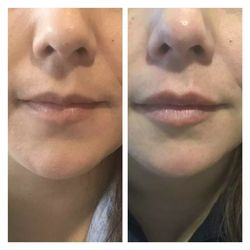 None
None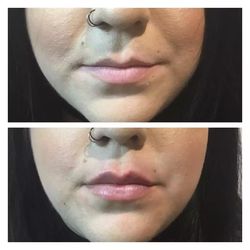 None
None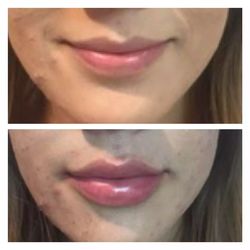 None
None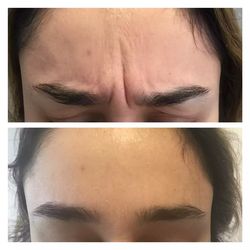 None
None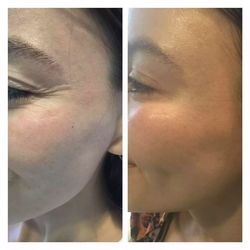 None
None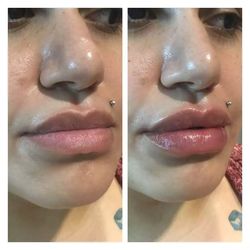 None
None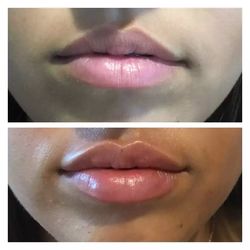 None
None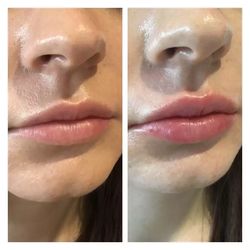 None
None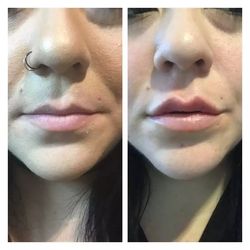 None
None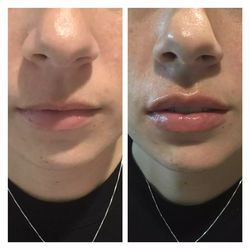 None
None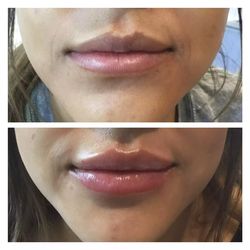 None
None None
None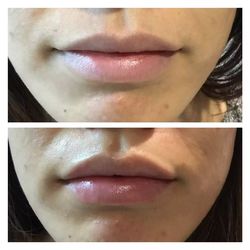 None
None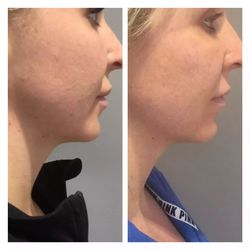 None
None None
None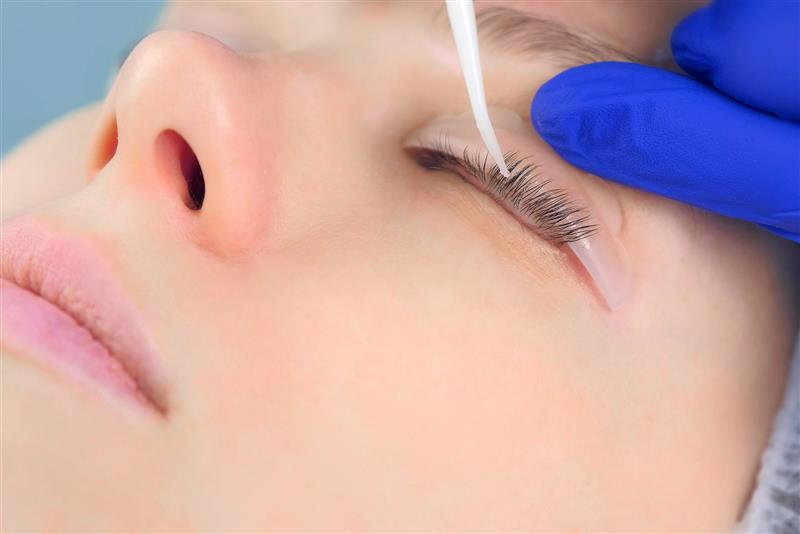



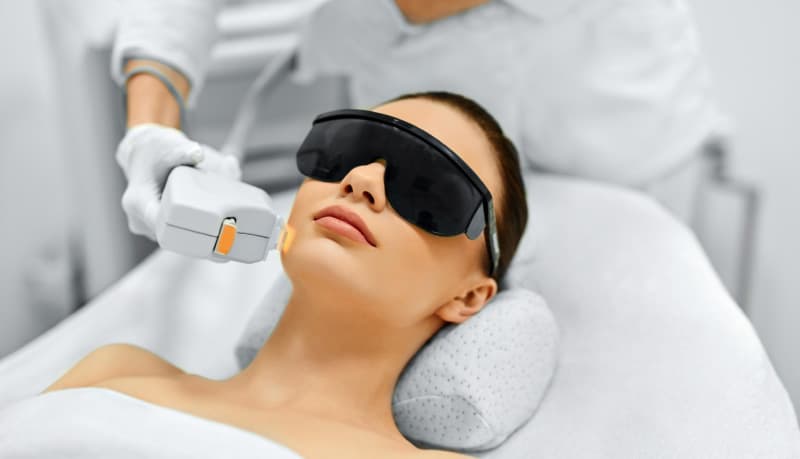


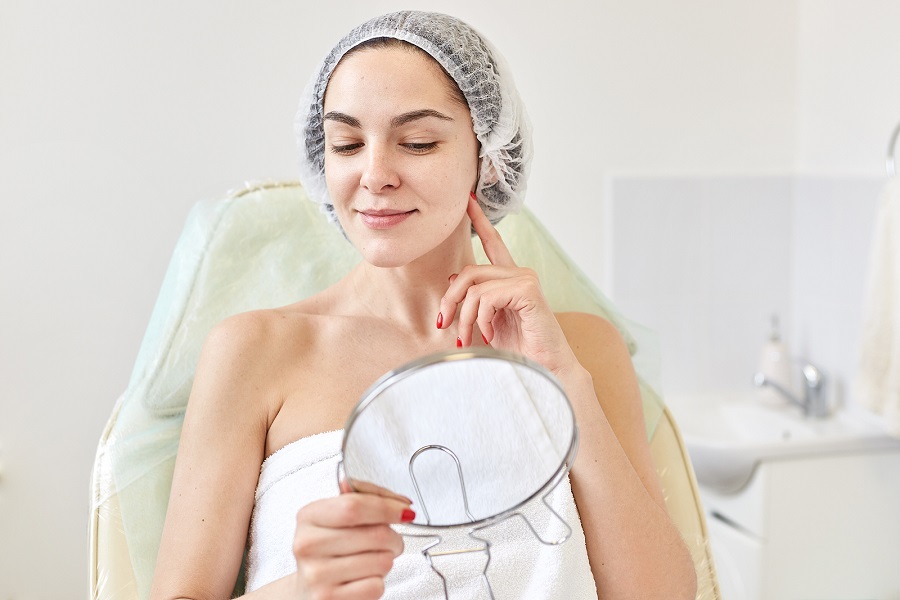






0 comments